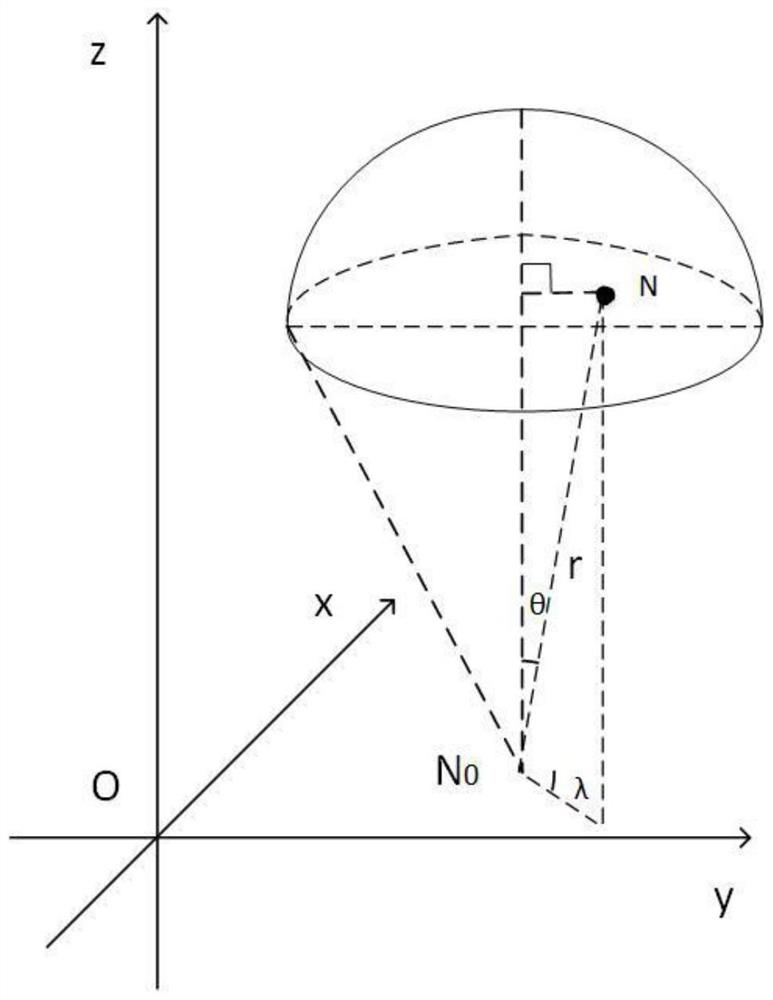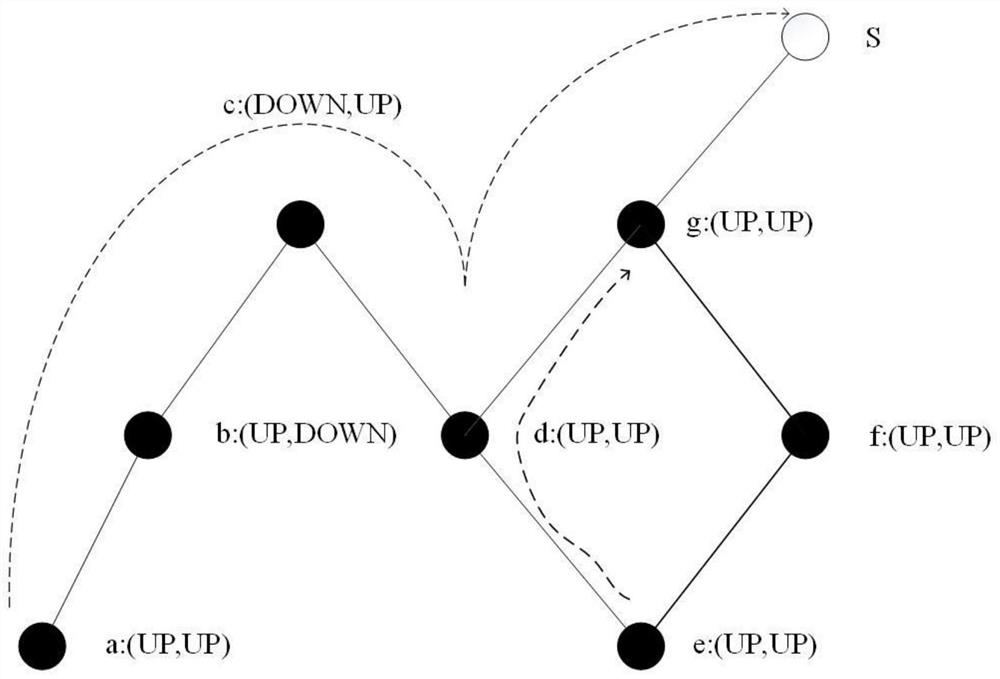A Routing Protocol for Underwater Sensor Networks Based on Dynamic Network Hole Avoidance
An underwater sensor and dynamic network technology, applied in the field of routing protocols, can solve the problems of hollow areas and harsh transmission environments in the network, and achieve the effects of preventing premature death, high network coverage, and efficient processing
- Summary
- Abstract
- Description
- Claims
- Application Information
AI Technical Summary
Problems solved by technology
Method used
Image
Examples
Embodiment Construction
[0064] The underwater sensor network routing protocol based on dynamic network hole avoidance of the present invention will be described in detail below in conjunction with examples and accompanying drawings.
[0065] The underwater sensor network routing protocol based on dynamic network hole avoidance of the present invention simulates the actual underwater ocean current environment and models the node movement model. Considering the remaining energy of the sending node and the candidate node, a comprehensive selection strategy for the next hop node is designed. The underwater nodes are clustered, and the network changes caused by low node energy or topology changes are dynamically handled in different regions.
[0066] The underwater sensor network routing protocol based on dynamic network hole avoidance of the present invention comprises the following steps:
[0067] 1) Model the movement mode of each node underwater, so that the node can move regularly on a spherical sur...
PUM
 Login to View More
Login to View More Abstract
Description
Claims
Application Information
 Login to View More
Login to View More - R&D
- Intellectual Property
- Life Sciences
- Materials
- Tech Scout
- Unparalleled Data Quality
- Higher Quality Content
- 60% Fewer Hallucinations
Browse by: Latest US Patents, China's latest patents, Technical Efficacy Thesaurus, Application Domain, Technology Topic, Popular Technical Reports.
© 2025 PatSnap. All rights reserved.Legal|Privacy policy|Modern Slavery Act Transparency Statement|Sitemap|About US| Contact US: help@patsnap.com



